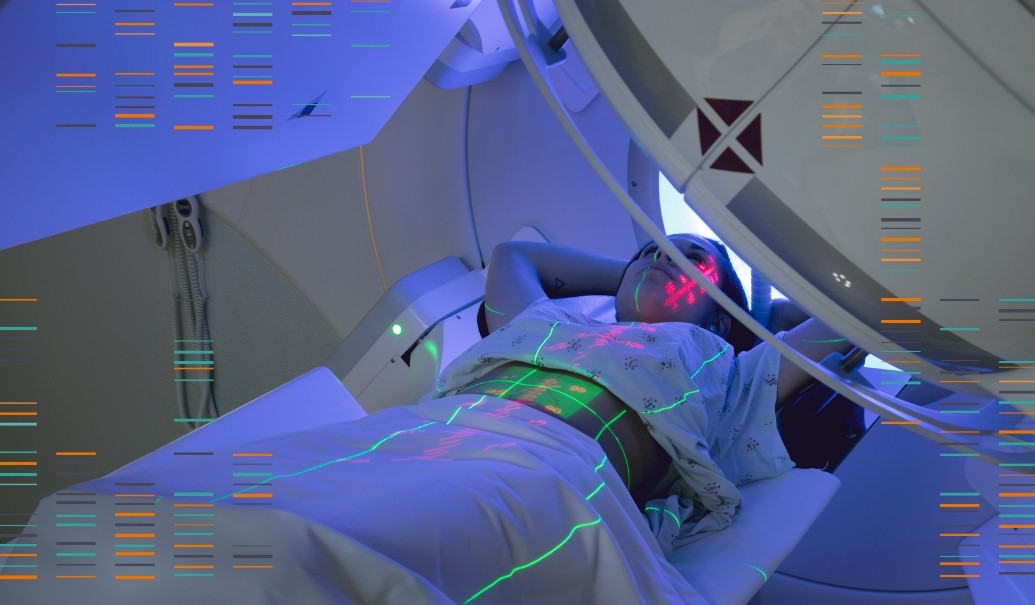The U.S. cell therapy research and development pipeline has the potential to bring new treatments to approximately 100,000 people with several types of cancer and other difficult-to-treat diseases by 2025. As manufacturers work to meet that 2025 benchmarks, they will need to consider ways to successfully operationalize and scale current cell therapy treatment models beyond—and within—the existing 200-plus treatment centers accredited by the Foundation for the Accreditation of Cell Therapy (FACT). To better understand the current landscape for cell therapy administration within centers of excellence (COEs) and the expansion of cell therapy in the community, ZS’s Sankalp Sethi spoke with Robert Richards, administrative director of the cell therapy and transplant program at the University of Pennsylvania. They discussed the barriers Richards has experienced as a COE leader, as well as the need to standardize the process for cell therapy manufacturers to fast-track expansion to the community setting.
I am a strong advocate that the next phase in this evolution is community hospitals—particularly as we are expecting an expansion into earlier lines of therapy.
Robb Richards
Sankalp Sethi: At ZS, we took a close look at the evolving cell therapy landscape of the future. If we fast forward to 2025, we expect over 30 cell therapies to be approved in the U.S., potentially expanding the eligible patient pool to over 100,000 patients. What are some roadblocks COEs might face?
Robb Richards: COEs are already facing capacity issues in administering cell therapies and operational overhead will eventually limit the number of therapies they can offer. When you consider that established bone marrow transplant programs are typically offering CAR-T therapies in volume, plus cell therapy research and more commercialized CAR-T therapies, one can see how this sets up capacity issues.
When we first started with commercial CAR-Ts we assumed they would be easy to administer, but we soon found out that commercial CAR-Ts are a totally different game. There are a lot of moving parts and complexities with bringing these on board. When looking at future cell therapies I do not envision institutions providing an unlimited portfolio. Each therapy is an investment we make in our institution—and that investment is substantial in terms of time and resources. So, it only makes sense to onboard the best therapies that cover several indications. As treatments expand in the future, we will probably focus on one to two cell therapies at a maximum, per indication, and update our offerings based on the latest data releases.
For example, when we first introduced a CAR-T we had to figure out the site certification process from scratch and there were significantly more workflows than we imagined. They included:
- Ordering portal setup and education
- Developing master, quality and apheresis agreements
- Undergoing risk, evaluation and mitigation (REMS) training
- Holding health economics meetings
- Running supportive out-of-spec trials
That process took more than six months. The REMS training was ambiguous, as the instruction from the company was to train anyone “involved” with the product. We ended up having to train more than 700 people between Thanksgiving and Christmas, which was exhausting. Some of this initial burden has been simplified as we gained more experience. But every new therapy brings operational burden that limits our capacity to add too many new therapies. This should not be the case. There needs to be standardization of technologies and processes.
Reimbursement for cell therapies is extremely complicated. Commercial insurance negotiates differently with each institution and government payers are slowly moving to narrow the gap between inpatient and outpatient reimbursement. Factors such as inpatient versus outpatient administration, 340B status and the implications of pass-through status can contribute to determining if a site faces substantial losses or profits administering a CAR-T. Going in, we knew we would be dealing with financial losses, particularly with Medicare patients. To offset those costs, we offer CAR-T in the outpatient setting based on the toxicity profile of the therapy.
Additionally, unlike conventional drugs, CAR-T therapy cannot be manufactured to commercial specifications 100% of the time by any company. This means that for every commercial therapy, there is some sort of clinical trial—such as a single subject investigational new drug or an expanded access program—that backstops the commercial therapy and allows the product to return to the center on trial. Most of these trials are unfunded and are impacting resources that are trying to move the science of medicine forward.
SS: Cell therapy administration has largely been limited to large COEs and stem cell transplant centers. In order to satisfy the growing demand and supply of cell therapies, what steps will community hospitals and the provider ecosystem need to take to enable expansion to the COEs?
RR: The community setting needs guidance. At UPenn we are supporting a community hospital that is in the process of launching their CAR-T program, and I am part of a committee to promote this expansion. They walked us through all their systems, and then we helped assess their clinical capabilities and collaborated on a clear plan for them to follow.
Some community hospitals lack a clear understanding of the implications of adopting cell therapies. To remedy that we need to educate both centers and pharma and disseminate best practices, frameworks and tools. There is an opportunity for COEs to develop educational resources and tools.
However, COEs and community hospitals need to be selective about the cell therapies they bring on. As community hospitals start to enter this market, doing so with therapies that have already been on the market for a few years will help to minimize the clinical, financial and operational risks.
Allogeneic products may be able to expand deeper in community hospitals, but in the near term, the movement to communities will be driven by autologous therapies that can be administered in the outpatient setting and have a trusted, predictable side-effect onset, low operational overhead and manufacturers willing to simplify the processes and demands on the providers.
SS: So where do you see the landscape evolving to next? If the cell therapy ecosystem achieves our prediction of having over 30 cell therapies commercially available by 2025, what other kinds of centers could be administering these therapies?
RR: I am a strong advocate that the next phase in this evolution is community hospitals—particularly as we are expecting an expansion into earlier lines of therapy. Internally, we talk about developing the hub and spoke—the hub being our academic location and all these community hospitals feeding into the hub. This model is expected to continue growing, with the current hubs serving as nodes to establish the next set of hubs, which may very well be community centers.
If you're a private practice and you have a therapy that you can administer safely as an outpatient therapy, who are you partnering with to do that? If you're close to an academic center, then you’re good because there will be a need for a REMS-trained hospital to manage toxicities when they occur.
SS: What role do pharma companies need to play to expand access and shape the future of cell therapy?
RR: Start with clinical trials. Start to include community hospitals within the clinical trials and connect them with COEs that can co-manage the experience. Onboarding sites straight away with commercial products is very hard. The moment you put a dollar value on these treatments, the risk level skyrockets, and these centers become very hesitant about trying to take on a cell therapy. Thus, early involvement via clinical trials is a key mechanism where centers can learn and build expertise without taking on significant financial risk.
A chief concern in our work with our community hospital is this: How can we start a CAR-T program in a low-cost manner when most community hospitals don’t have apheresis capabilities, a stem cell lab or cryotanks? It’s unlikely that a CFO will be amenable to bring on board a low-volume, high-cost and high-risk treatment. Pharma has an opportunity to foster adoption of CAR-T beyond bone marrow transplant centers by working with third-party companies to offer these services until other programs and infrastructure take flight.
There is a major opportunity for pharmaceutical companies to standardize auditing, onboarding and ordering portals—and this need will increase exponentially as the number of treatments grows. For example, although 80% of what is needed for site certification is the same across manufacturers, we need to complete the certification again every single time. This is a significant amount of work and it’s frustrating for staff to repeat this countless times.
Similarly, we are happy to manage a few ordering portals, but it will become overwhelming for our teams to use 20-plus portals as the number of manufacturers in the market continues to increase. This could even have implications for security and data breaches if the systems become too complex. A community provider will not have the operational overhead to onboard their institutions on multiple ordering systems and prepare for multiple audits. They will go with the simplest pathway to offer CAR-T therapy from an ease of use standpoint.
SS: Thank you, Robb, this was a really insightful conversation.
Add insights to your inbox
We’ll send you content you’ll want to read – and put to use.















